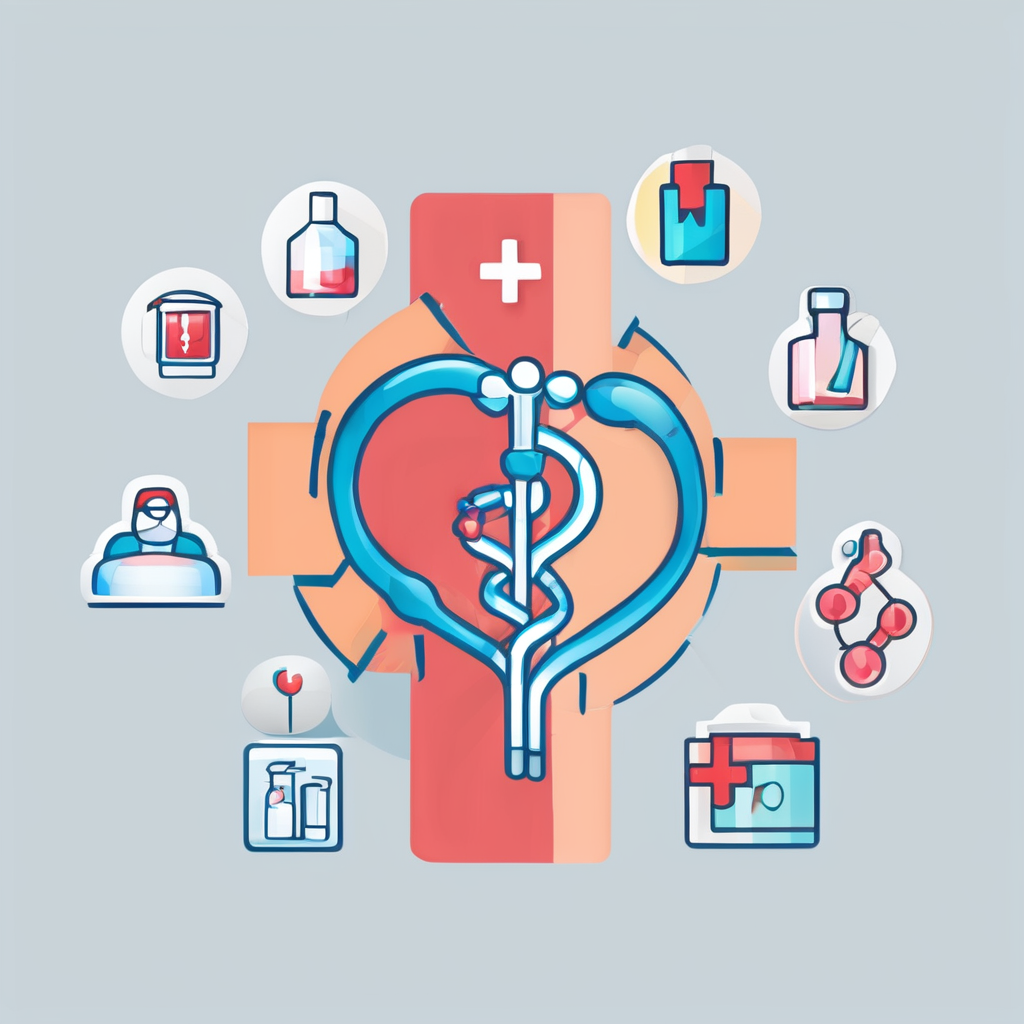Importance of Fall Prevention in Senior Living
As we age, our risks of falling increase significantly, making fall prevention crucial in senior living. Elderly individuals often face various challenges due to declining physical health, vision issues, and less stable mobility. Falls can have severe consequences, including fractures, hospitalisations, and even long-term disabilities, which highlights the importance of maintaining safety measures.
Statistics show that about one-third of individuals aged 65 and older fall each year. These falls not only affect the physical well-being of seniors but also lead to psychological impacts like anxiety and a lack of confidence in their mobility.
In parallel : Essential Tips for Seniors Embracing a Vegan Lifestyle: Crucial Insights You Can’t Miss
Implementing senior safety measures in homes is key to addressing these concerns. By proactively enhancing home safety, we can significantly reduce risks. Focusing on identifying and mitigating home hazards is crucial. Common home hazards include slippery floors, inadequate lighting, and lack of supportive handrails. By addressing these concerns with strategic planning, we can create safer living environments that foster independence and improve the quality of life for seniors.
Ultimately, enhancing senior safety through effective fall prevention strategies helps protect our loved ones and maintain their dignity and autonomy.
In the same genre : Restore Agility and Wellness: Easy Stretching Tips for Seniors Aged 70 and Up
Essential Home Modifications for Safety
In senior living, home modifications can drastically enhance safety and accessibility, making daily life more manageable. Key accessibility features and safety upgrades can reduce fall risks significantly.
Entrance Safety
Ensuring entrance safety begins with establishing clear pathways and safe entry methods. Installing ramps instead of steps, alongside sturdy handrails, can offer crucial support. Adequate lighting is vital for safe navigation, especially at night, to avoid missteps and falls.
Living Room Adjustments
To enhance safety in the living room, start by decluttering and removing trip hazards. Furniture should be arranged to provide open space for easy movement, and consider non-slip rugs or secure flooring to prevent slips.
Kitchen Safety Improvements
The kitchen should include essential modifications like easily accessible storage and strategically placed grab bars to aid movement. Using assistive devices ensures that seniors can cook safely and comfortably.
Bathroom Safety Enhancements
Bathroom modifications can greatly reduce fall risks. Installing grab bars, using shower chairs, and applying non-slip mats are vital. Accessible options like walk-in tubs provide easier and safer bathing experiences.
Bedroom Safety Tips
A safe sleeping environment includes proper bed height adjustments and beside mobility aids. Effective nighttime navigation solutions, like sensor lights, can further minimise fall risks, ensuring a peaceful night’s rest.
Helpful Products and Devices for Fall Prevention
In the realm of fall prevention for seniors, a myriad of products and assistive devices can significantly bolster senior safety. These innovations are designed to mitigate risks associated with falls and enhance daily life for the elderly.
Mobility aids like walkers and canes are pivotal in maintaining balance and reducing the likelihood of falls. They offer essential support, allowing seniors to move with increased confidence. These aids cater to various needs, whether for short-distance use or longer excursions.
Moreover, safety technology such as emergency response systems and alert devices plays a crucial role. These devices can detect falls and notify assistance promptly, ensuring that help is a mere button press away. The peace of mind they provide is invaluable, drastically improving response times in critical situations.
Beyond these, fall prevention products extend to items like bed rails and non-slip mats, which ensure safety in vulnerable spaces such as the bedroom and bathroom. By integrating these tools into their environment, seniors are equipped with the resources needed to live independently while reducing fall risks.
Checklist for a Safe Home Environment
Creating a fall-proof home is crucial for senior safety. A comprehensive safety checklist is an effective tool to identify potential risks. It should include elements like ensuring clear pathways, testing handrails, examining lighting levels, and checking flooring conditions to prevent slipping.
Conducting a thorough home safety inspection involves more than just a visual scan. It requires evaluating each room systematically. Start with entryways and move through living areas, kitchens, bathrooms, and bedrooms. In each space, assess whether floors are even, rugs are secured, and walkways are clutter-free. Verify the functionality of safety equipment and accessibility features.
For those seeking guidance, downloadable checklists tailored for seniors provide structured directions to identify risks effectively. These resources typically include step-by-step instructions for evaluating areas often overlooked. By following these checklists, seniors and caregivers can systematically uncover hazards that might be missed in a more cursory examination.
In summary, equipping a home with a safety checklist, maintaining vigilance in inspections, and utilizing available resources can ensure a safer living environment. This empowers seniors to live independently, reducing fall risks and enhancing overall well-being.
Resources and Support for Seniors
Comprehensive senior support services can significantly enhance fall prevention efforts, providing vital resources for both seniors and caregivers. Senior support services encompass local and national initiatives that focus on educating and equipping the elderly with tools and knowledge to prevent falls and maintain safety. Such programs may offer workshops, in-home assessments, and personalised recommendations for safety improvements.
Caregiving resources provide essential assistance to those aiding seniors, offering guidance in reducing fall risks and ensuring safer environments. Caregivers can benefit from these resources by accessing manuals and support groups to share challenges and solutions, finding encouragement within their community.
Fall prevention programs often include tailored strategies to fit individual needs, promoting personalised safety plans. These programs may involve collaborations with healthcare professionals to ensure a holistic approach to fall prevention. By joining these, seniors and caregivers gain access to comprehensive support structures and consistently updated information.
It’s crucial for seniors and caregivers to explore these fall prevention programs to enhance their safety measures effectively. Empowering individuals with knowledge and resources strengthens the network of support available, fostering a community-focused approach to fall safety.
